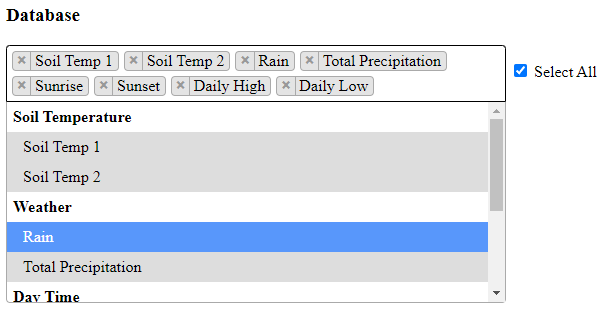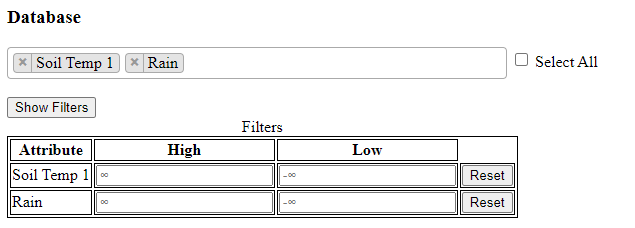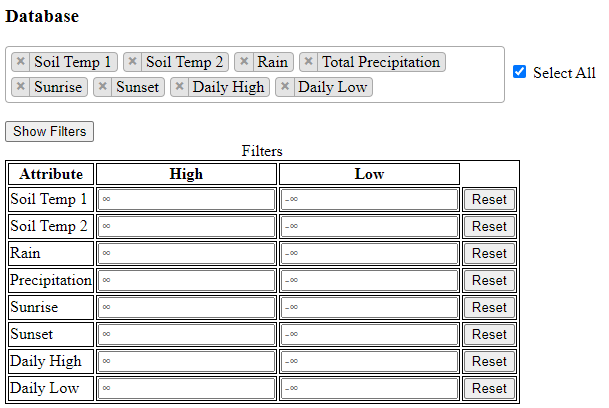This week, I was thinking about different approaches to create a virtual tag, a tag that is calculated between two measurements. The most common and more sensabile way to create a virtual tag would be to create a calculated field in tableau, which calculates values between two measures.

Now this approach would be very easy if you know the quirks of tablelau and how to use it. The cons are obvious, it takes time for a user to learn using tableau. I wanted to create an approach that would be interesting and easy for end users to comprehend and use the virtual tags.
I started with an idea where the user inputs an operation, and select the different measures that they would like to calculate, and get a calculation. Example, the user wants to get a difference between “CO2 start” and “CO2 end” measurements, then the flow would be, the user selects “CO2 start”, then input “-“, and finally select “CO2 end”, which forms an equation “CO2 start – CO2 end”. This is interesting since it is intuative for the user to understand and use.
I created my idea by using multiple parameters which allows the user to calculate by selecting a lot of pre-defined parameters, where the user only has these options for the calculation.

The graph shows the Average between “ET Total Prev Day” minus “RTH Prev Day Total” and adds a constant 0.

This should be relatively easy for an end user to use. But in the end, I find that it would be too hard to maintance in the future. If the end user needs additional calculations it would be much harder for the user to modify, compared to defining the virtual tag in a calculated measure.
Overall, I think it is an interesting experiment for me, and does hold some value if the user wants some quick calculations between measures, it would be a much faster approach if the user has limited needs.







